Essential Skills Every Aspiring TIG Welder Should Master
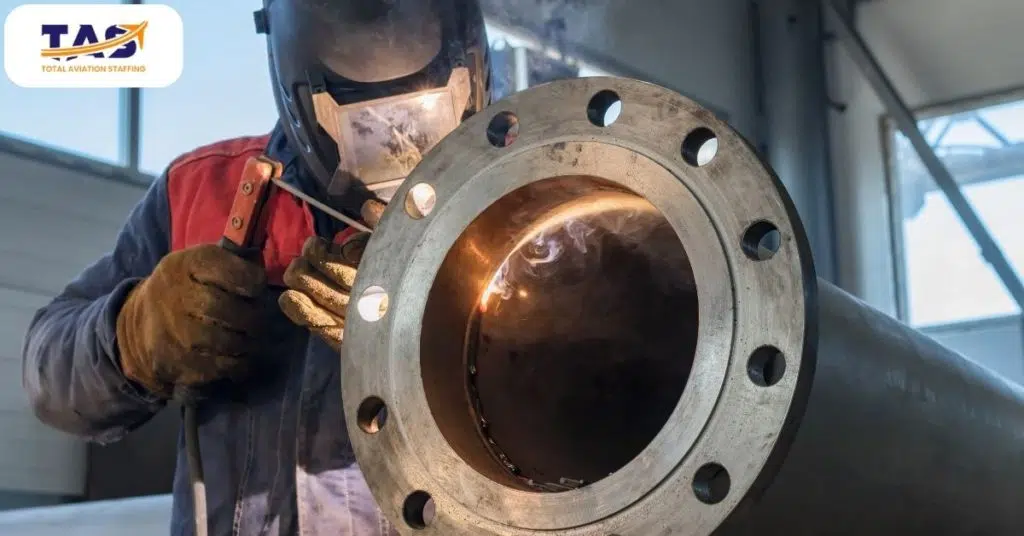
In the realm of metal fusion mastery, aspiring TIG welders embark on a journey of precision, creativity, and innovation. The art of Tungsten Inert Gas (TIG) welding holds the key to crafting seamless, robust connections in diverse industries.
To navigate this path of welding excellence, certain skills emerge as beacons of success, illuminating the way to mastery. From torch control that dances like a conductor’s wand to the symphony of a perfect weld pool, these essential skills are the building blocks of a welder’s legacy. Join us as we unveil the quintessential proficiencies every budding TIG welder must hone to forge a luminous career in the world of metal alchemy.
1. Manual Dexterity
Attaining adept manual dexterity is crucial for excelling in TIG welding It is all about facilitating the smooth coordination of the torch, rod, and workpiece.
Below are the benefits of honing manual dexterity:
Exceptional Precision: Enables seamless manipulation of welding components for intricate, high-quality welds.
Fine Motor Skills: Enhances control, ensuring accurate torch movement and precise filler rod deposition.
Visual Acuity: Improves hand-eye coordination, leading to better alignment and weld seam accuracy.
Reduced Defects: Minimizes errors, resulting in fewer weld defects and rework, saving time and resources.
Versatility: Enables adaptation to various welding challenges, enhancing the welder’s versatility and efficiency.
So, remember, in the world of TIG welding, mastering manual dexterity isn’t just about holding a torch – it’s like conducting a symphony of metal. With finesse, precision, and a touch of artistry, you’ll be creating welds that are music to the eyes.

2. Torch Control
Enter the realm of welding finesse, where the dance of the torch becomes a symphony of craftsmanship. Just as a maestro conducts an orchestra with precision, TIG welders wield their torches with mastery, conjuring welds that resonate with artistry and technical prowess.
Here are the benefits of possessing exceptional torch control:
Consistency: Maintain uniform welds, eliminating defects and ensuring structural soundness.
Heat Management: Achieve precise heat input, preventing warping and preserving material integrity.
Clean Aesthetics: Craft impeccable, visually appealing welds that meet the highest aesthetic standards.
Versatility: Adaptable torch manipulation suits various joint configurations, materials, and project complexities.
Reduced Rework: Minimize post-weld corrections, saving time, and resources, and enhancing productivity.
Enhanced Control: Attain mastery over intricate weld paths and challenging angles, expanding project possibilities.
Torch control is more than just a skill – it’s your conductor’s baton, your artist’s brush, and your key to welding mastery. With each controlled arc, you’re not just melting metal, you’re sculpting possibilities.

3. Arc Starting and Arc Stability
Achieving flawless arc initiation and unwavering stability stand as pivotal factors in creating superior-quality TIG welds. These elements serve as the foundation for welds of exceptional caliber.
Here’s the reason why mastering smooth arc starting and arc stability is an essential skill:
Reduced Splatter: Minimize spatter formation, keeping the weld area clean and reducing post-weld cleanup.
Precise Control: Begin welds confidently, allowing meticulous control over penetration depth and bead formation.
Minimal Defects: Mitigate the risk of defects like porosity, lack of fusion, and inconsistencies in the weld bead.
Uniform Fusion: Ensure uniform fusion along the joint, enhancing strength and structural integrity.
Enhanced Productivity: Eliminate interruptions due to arc disruptions, expediting the welding process.
Improved Aesthetics: Craft welds with a smooth, uniform appearance, elevating overall visual appeal.
Operator Confidence: Reliable arc stability boosts welder confidence, leading to superior craftsmanship and job satisfaction.
Seamless arc initiation and unwavering stability aren’t just techniques – they’re the secret ingredients to a weld that wows. So, go ahead, ignite that arc and let your craftsmanship shine brighter than the sparks.
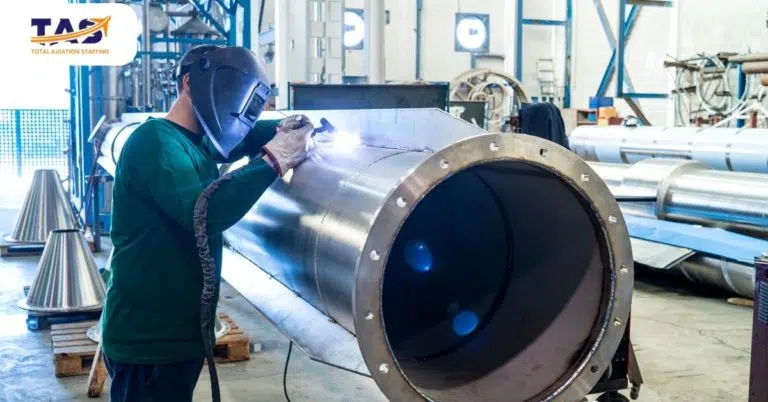
4. Heat Control
Gaining expertise in precise heat control within TIG welding acts as a shield against material harm, distortion, and imperfections in the weld. It’s the temperature tango that ensures both durability and finesse.
Here are a few outcomes that stem from wielding precise heat control for this task:
Optimal Fusion: Tailor heat input, ensuring strong fusion and preventing weak, incomplete welds.
Material Integrity: Avoid overheating, preserving material properties and structural strength.
Minimized Distortion: Control heat to mitigate warping, maintaining component shape and functionality.
Thinner Materials: Weld thin materials confidently, preventing burn-through and maintaining joint integrity.
Versatility: Adapt heat settings for diverse materials, broadening welding capabilities and applications.
Reduced Post-Weld Work: Precise heat minimizes rework, saving time and effort in corrective actions.
Craftsmanship: Elevate welding finesse, achieving consistently high-quality, aesthetically pleasing welds.
In the scorching realm of welding, remember that precise heat control isn’t just about temperatures – it’s about conducting a symphony of strength and finesse. As you fuse metal and mold possibilities, let your welds be a testament to your mastery over the dancing flames. After all, in the world of welding, you’re not just a welder; you’re a heat maestro orchestrating a masterpiece.
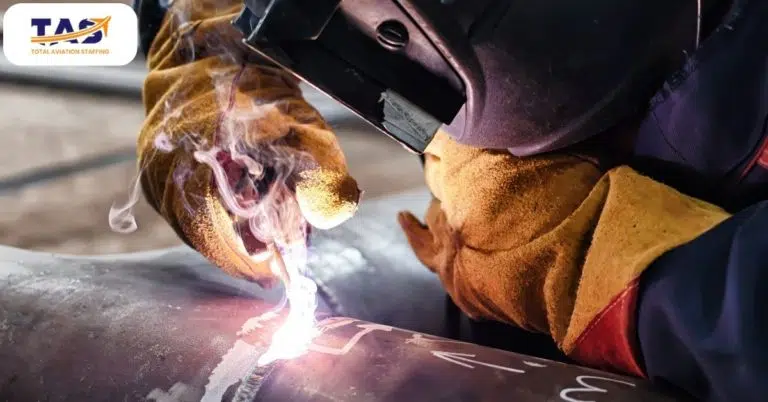
5. Filler Rod Manipulation
Mastering precise filler rod manipulation in TIG welding harmonizes strength, uniformity, and exquisite craftsmanship. It’s the art of melding metal with finesse and finesse with metal.
Here are a few advantages that stem from possessing precise filler rod manipulation for this task:
Optimal Fusion: Seamlessly integrate filler metal, ensuring robust fusion and weld integrity.
Uniform Reinforcement: Precise filler control delivers consistent reinforcement, bolstering joint strength and durability.
Minimized Defects: Timely rod addition reduces chances of voids, porosity, and lack of fusion.
Enhanced Aesthetics: Maintain uniform bead appearance, elevating weld aesthetics and overall project quality.
Reduced Heat Input: Controlled filler application prevents overheating, preserving material properties and minimizing distortion.
Complex Joints: Navigate intricate joint geometries with finesse, achieving uniform filler distribution for challenging welds.
Craftsman’s Touch: Filler mastery adds an artisanal finesse, reflecting skill, precision, and welder expertise.
As you waltz your filler rod through the dance of TIG welding, remember that it’s not just metal you’re weaving together – it’s a tale of strength, beauty, and your craftmanship’s signature. Let your welds be the masterpiece that whispers stories of precision, artistry, and a touch that only a skilled filler conductor can provide. After all, in the world of welding, you’re not just joining metals; you’re weaving a symphony of excellence.

6. Weld Joint Preparation
Robust TIG welds rely on skillful weld joint preparation, establishing the foundation for durability, penetration, and lasting strength. It’s the careful groundwork that guarantees weld integrity for the long run.
Here are the factors that highlight the significance of possessing excellent weld joint preparation:
Maximized Strength: Proper prep optimizes fusion, creating welds capable of withstanding mechanical stresses.
Penetration Assurance: Well-prepared joints facilitate thorough penetration, enhancing joint resilience and load-bearing capacity.
Minimized Defects: Clean, beveled joints reduce defects like lack of fusion, enhancing weld quality and reliability.
Consistent Results: Standardized prep procedures yield uniform outcomes, streamlining production and quality control.
Material Compatibility: Tailored prep techniques match materials, preventing incompatibility issues and ensuring joint durability.
Structural Soundness: Adequate joint prep prevents weak spots, contributing to the overall structural integrity of the welded component.
Weld joint preparation isn’t just about shaping metal; it’s about shaping the future of your welds. With each careful cut and precise bevel, you’re not just creating connections, you’re forging a legacy of strength, reliability, and your brand of welding magic. So go ahead, let your preparation be the unsung hero behind those flawless beads, and watch your welding dreams take shape, one joint at a time.

7. Shielding Gas Management
Acquiring the art of shielding gas management in TIG welding is crucial, ensuring the preservation of weld purity and structural strength. It’s the guardian of weld integrity and the keeper of flawless fusion.
Here are the reasons emphasizing the significance of effective shielding gas management for this task:
Atmospheric Barrier: Adequate gas flow shields the molten metal from contaminants, preventing defects and ensuring metallurgical soundness.
Reduced Oxidation: Effective gas coverage minimizes oxidation, preserving material properties and weld strength.
Clean Welds: Optimal gas control prevents porosity, ensuring clean, defect-free welds with enhanced mechanical properties.
Precise Weld Pool: Proper gas flow maintains a stable arc and controlled weld pool dynamics, aiding precision and control.
Consistency: Accurate gas setup delivers consistent results, enabling standardized quality across welds and projects.
Operator Safety: Well-regulated gas prevents harmful fumes, contributing to a safe and healthy welding environment.
Professional Craftsmanship: Mastering gas management elevates weld aesthetics, reflecting the welder’s skill and expertise.
With the right flow of gas, you’re not just melting metal, you’re orchestrating a symphony of fusion. So, go forth, welders of wonder, and let your sparks fly under the watchful gaze of your ever-vigilant shielding gas. After all, in the realm of welding, where there’s gas, there’s grace – and a whole lot of brilliance.
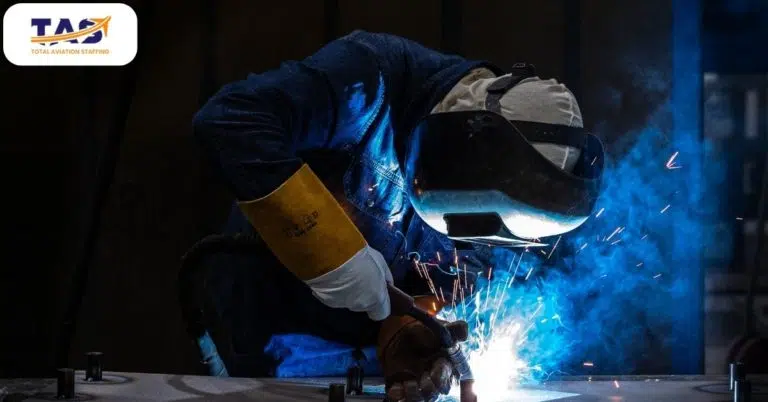
8. Weld Pool Observation
For aviation TIG welders, honing the skill of adept weld pool observation is essential. It empowers them to make real-time adjustments, leading to exceptional results.
Here are some of the reasons why:
Precision Adaptation: Real-time monitoring enables instant adjustments, ensuring precise control over weld parameters.
Aircraft Safety: Fine-tuning weld pool behavior prevents structural compromises, enhancing overall aircraft safety and reliability.
Quality Assurance: Accurate observation prevents defects, upholding stringent aviation standards for weld integrity and performance.
Critical Materials: Monitoring unique materials ensures compliance with aviation requirements, safeguarding against material vulnerabilities.
Weld Consistency: Proactive adjustments yield uniform weld quality across components, enhancing overall maintenance and operation.
In-Process Insight: Observing the pool provides insight into the weld’s progress, facilitating informed decision-making during critical aviation operations.
Craftsmanship Benchmark: Expert pool observation distinguishes skilled aviation TIG welders, showcasing mastery and commitment to precision.
Fellow welder of the skies remember that keen weld pool observation isn’t just your co-pilot – it’s your ticket to soaring heights of precision, safety, and welds that even the clouds would envy. As you navigate the welding journey, let your astute observation be the North Star guiding you toward nothing less than aviation-grade brilliance.
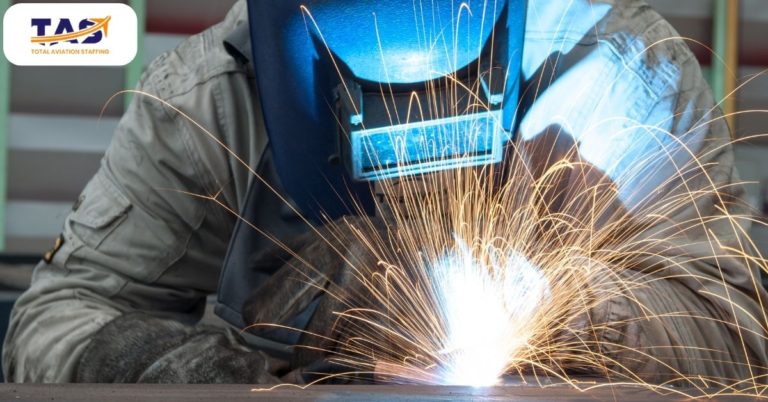
9. Back Purging
Mastery of back purging in aviation TIG welding guarantees flawless welds, especially for reactive metals and critical joints. It’s the secret to achieving impeccable craftsmanship in the skies.
Presented below are the factors outlining the importance of adept back purging skills in aviation TIG welding:
Oxidation Prevention: Skillful back purging preserves weld purity, vital for aerospace components’ corrosion resistance and longevity.
Material Integrity: Proper inert gas flow averts material degradation, safeguarding the mechanical properties of critical aircraft parts.
Weld Reliability: Back purging eliminates defects, guaranteeing weld soundness under extreme flight conditions and stress.
Aircraft Safety: Precise purging ensures the structural integrity of joints, enhancing overall aviation safety and performance.
Conformance to Standards: Back purging meets aviation regulations, attesting to welds’ adherence to stringent industry requirements.
Complex Welds: Effective purging supports intricate joint geometries, necessary for aerospace components’ intricate designs.
Expertise Distinction: Proficiency in back purging distinguishes top-tier aviation TIG welders, upholding precision and quality benchmarks.
Remember that when it comes to back purging, you’re not just expelling gases – you’re expelling doubt and ensuring your welds take flight with unwavering confidence. As you navigate the skies of craftsmanship, let your back-purging prowess be the jet engine propelling you toward the zenith of weld perfection. After all, in the realm of aviation TIG welding, where there’s mastery in purging, there’s a trail of excellence that even the most advanced radar systems can’t help but admire.
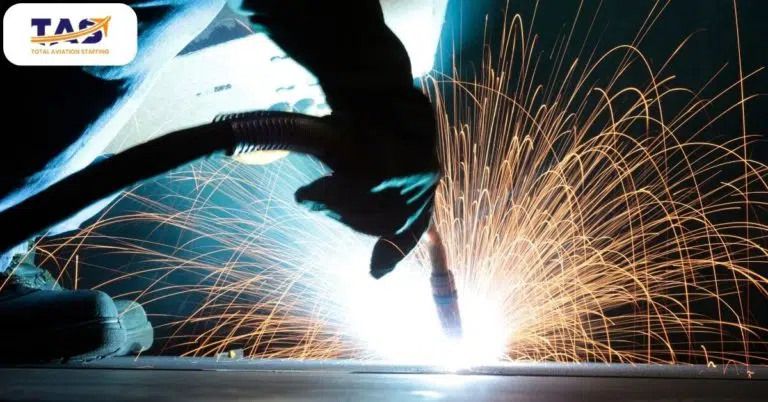
10. Troubleshooting and Defect Recognition
Adept troubleshooting and defect-recognition amplify TIG welders’ capacity to consistently produce flawless, premium-quality welds. It’s the cornerstone of excellence in welding craftsmanship.
Below are several benefits that arise from possessing exceptional troubleshooting skills and a keen eye for defect recognition:
Quality Assurance: Swift defect identification ensures weld integrity, maintaining high standards for aviation safety and performance.
Timely Corrections: Prompt recognition allows immediate adjustments, preventing defects from compromising weld quality or structural soundness.
Efficiency: Skilled troubleshooting minimizes downtime, reducing rework and optimizing production in aviation welding projects.
Cost Savings: Early detection avoids costly repairs, preserving resources and budget in aviation maintenance and manufacturing.
Expert Solutions: Problem-solving expertise elevates welder versatility, enabling creative, effective solutions to complex defects.
Consistency: Consistent defect recognition fosters uniform weld quality, sustaining aviation-grade excellence across components.
Professionalism: Adept troubleshooting showcases a welder’s mastery, instilling trust in their ability to handle critical aviation welds.
As you weave through challenges and imperfections, let your mastery shine, guiding you towards welds that soar with the grace and precision of a perfectly executed takeoff. After all, in the world of welding, where troubleshooting meets artistry, you’re not just melting metal; you’re sculpting dreams that touch the clouds.
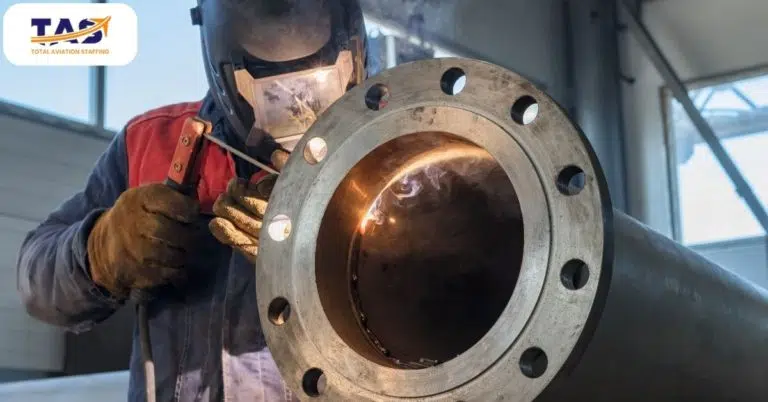
To Wrap Things Up
And there you have it, the blueprint to welding stardom – a dazzling array of skills that transform mere metal into masterpieces. As you embark on your journey to becoming a TIG virtuoso, remember, your torch is not just a tool, but a wand of creation. With filler rod finesse, weld pool wizardry, and the art of troubleshooting, you’re armed to conquer any welding challenge that comes your way.
So, whether you’re sculpting aviation’s future or crafting a work of art, these skills are your allies, ensuring that your every weld is a symphony of precision and perfection. Now go forth, spark a trail of brilliance, and let your welds light up the world!
Equip yourself with the skills that turn molten metal into masterful creations. Just as Total Aviation Staffing connects aviation enthusiasts with top opportunities, you can forge your path to welding greatness. Whether it’s aircraft or artistry, ignite your passion and light up your future. Explore the world of welding, and when you’re ready to take flight, let Total Aviation Staffing guide you. Your masterpiece awaits – start crafting it today!
